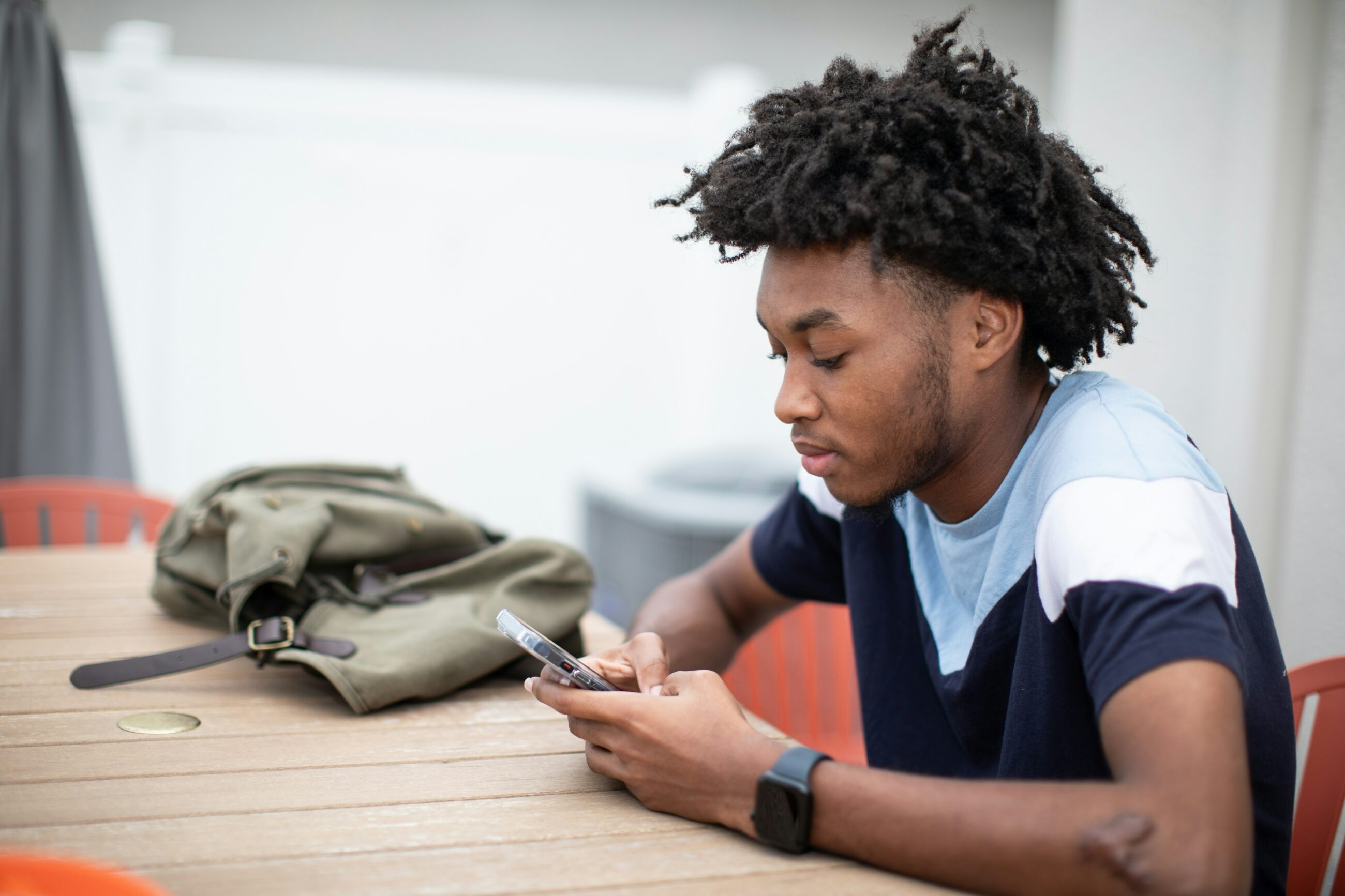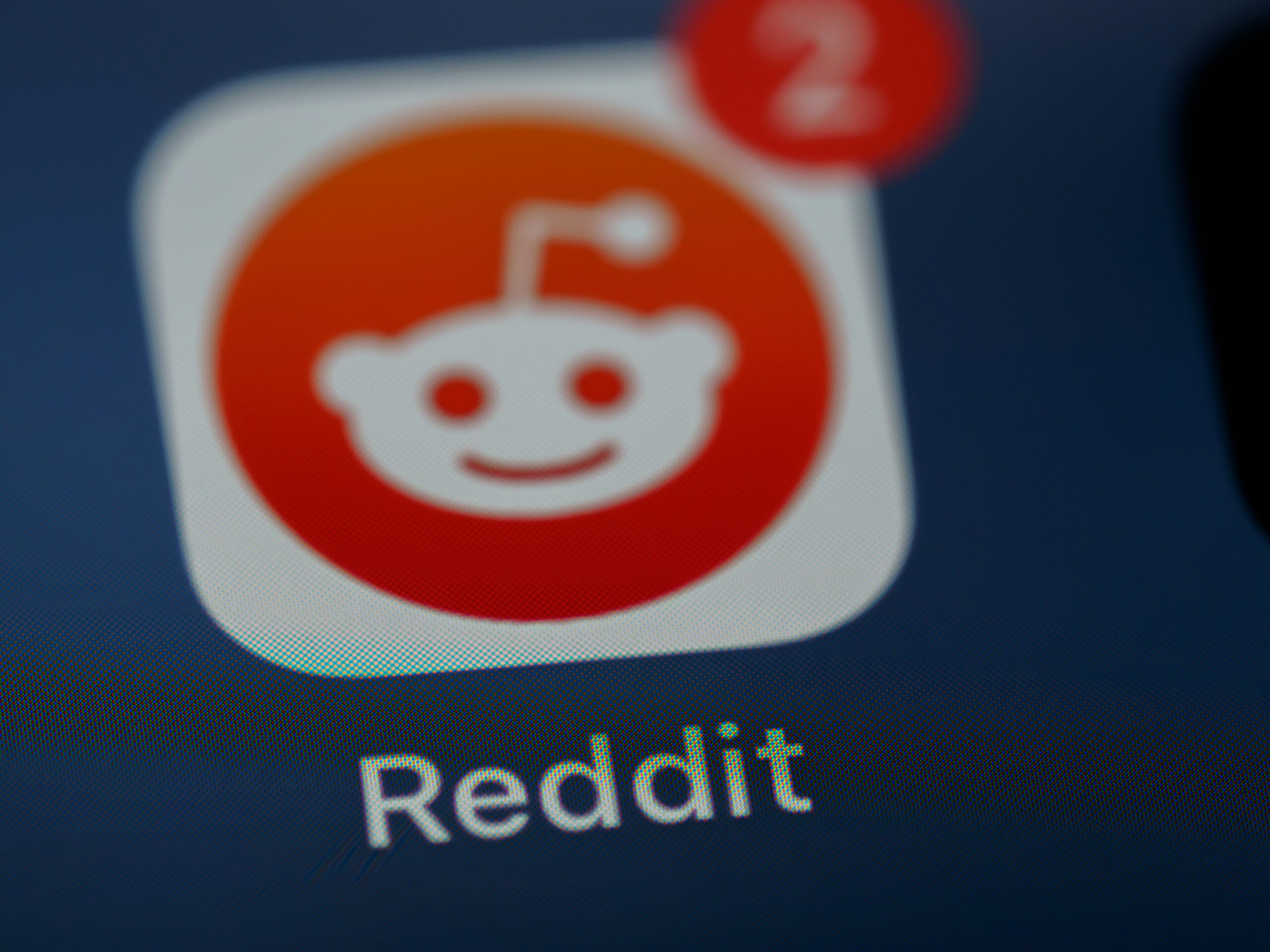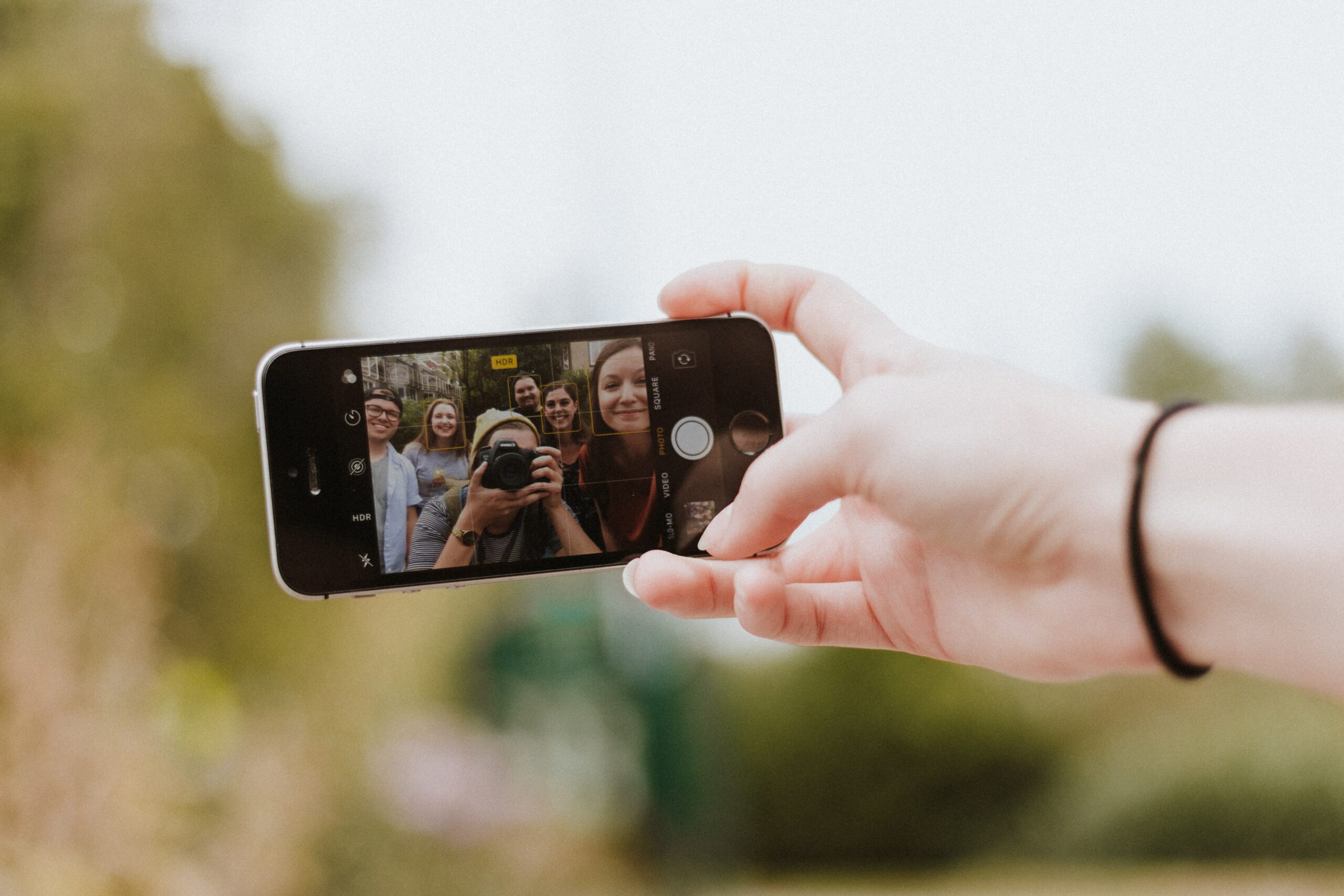Communication channels for the modern student
Phone hotline
While it’s true that Gen Z and Gen Alpha audiences generally hate receiving phone calls due to their impromptu nature, interestingly they don’t mind making the call themselves. A recent report found that perhaps the only thing that baby boomers and Gen Zers do agree on is phoning companies directly to solve their customer service problems, particularly when dealing with an issue or when they are near the bottom of the sales funnel.
Students in the latter stages of the student funnel find reassurance in real-time, voice-based communication, especially when dealing with complex or sensitive issues like enrollment or financial aid. A phone hotline offers immediate human interaction, providing quick resolutions and personalized attention that digital natives still value for certain types of inquiries.
For nailing this channel, ensure that calls are answered quickly, ideally within the first few rings, to meet the expectations of immediacy. Equip hotline staff with thorough training about all university aspects, from admission processes to specific departmental queries, to make sure that issues can be resolved quickly and without transferring calls multiple times. It could also be worth offering extended service hours during peak application and enrollment periods to accommodate different time zones and busy schedules.
Instant Messaging via Text and WhatsApp
Text messaging and WhatsApp are ingrained in the daily lives of Gen Z and Gen Alpha. These channels offer a blend of immediacy and convenience, with the added benefit of asynchronous communication and time to think before responding. These platforms allow students to get quick answers to their questions while on the go, fitting seamlessly into their cell phone-centric lifestyles.
These messages can be used throughout the student funnel to communicate with prospective students. Whether it be in the form of an alert about application deadlines or a reminder to sign up for the upcoming open day and then directions once they arrive on campus.
To ensure seamless instant messaging communication, integrate these messaging services with your CRM systems to provide personalized and context-aware responses. Employ a friendly and informal tone that resonates well with the younger audience and mimics their usual messaging interactions. But do remember to secure consent for contact and ensure compliance with data protection regulations when communicating through these personal channels.
AI-powered chatbots
AI-powered chatbots can provide instantaneous responses to common questions 24/7, addressing the ‘always-on’ mentality of Gen Z and Gen Alpha.
These chatbots can handle a high volume of simultaneous inquiries, reducing wait times and delivering instant gratification – so these are a perfect option for those in the early stages of the student funnel, looking for quick answers while information gathering on your social media or website.
To get this channel right, implement advanced Natural Language Processing (NLP) to ensure the chatbot can understand and process user queries effectively and provide relevant and accurate responses. Ensure there’s a feature to allow the chatbot to recognize when a query requires human intervention, which then smoothly transitions the user to a live agent without losing context.
By using a communication mix centered around how these younger generations want to communicate, universities can increase the reliability and efficiency of their enrollment management. The bottom line is – with the availability of the right communication channels, the number of students getting lost in the process from awareness to enrollment will reduce and there will be more bums on seats come the start of the Fall semester.
Interested in learning more about the right messaging and channels for Gen Z and Gen Alpha? Read our articles below.





